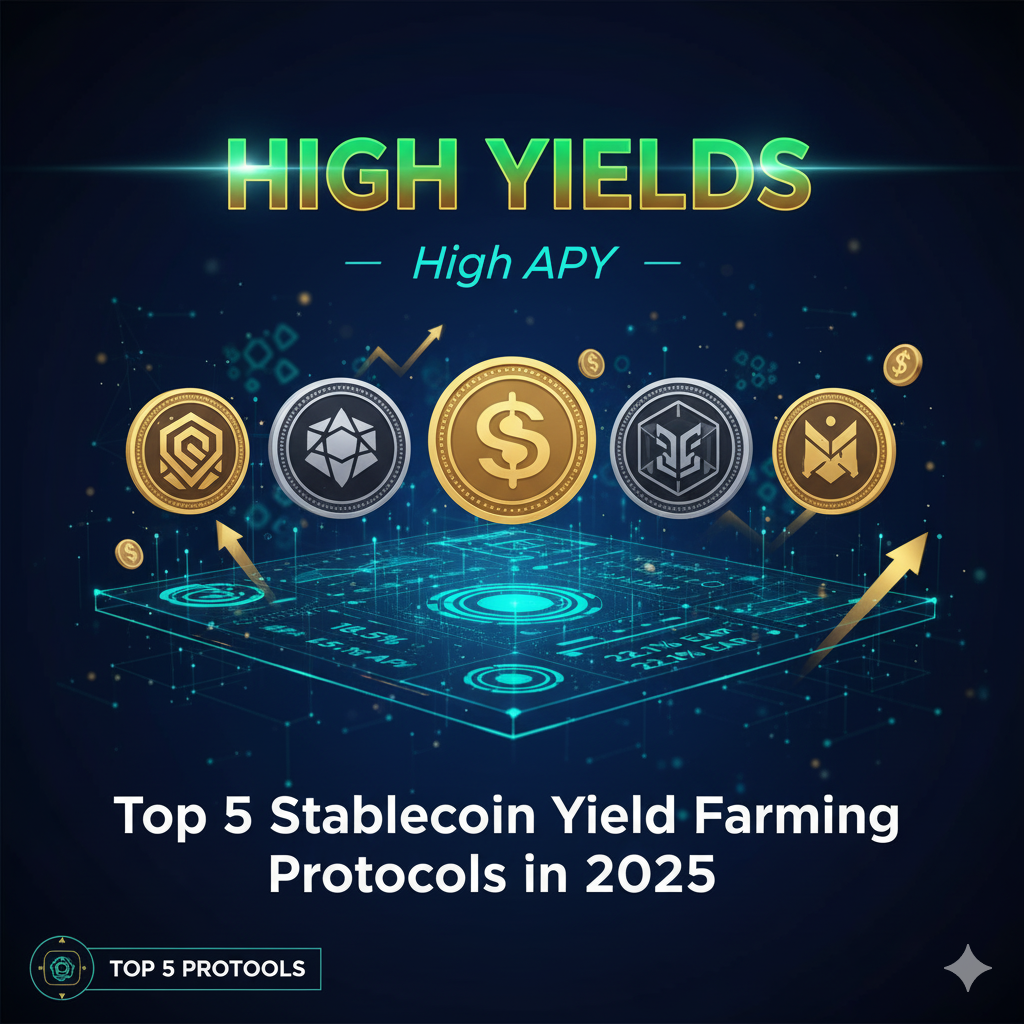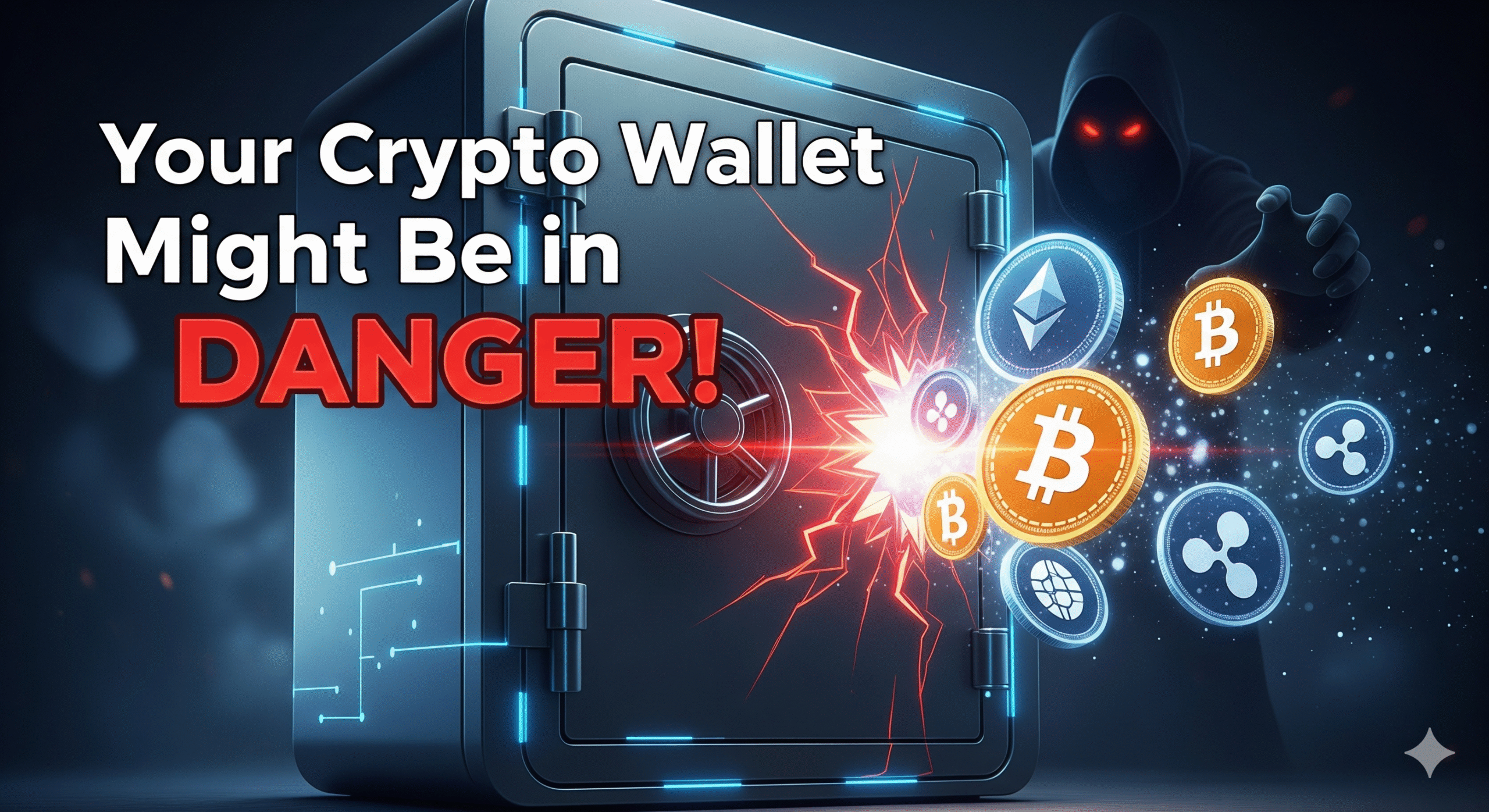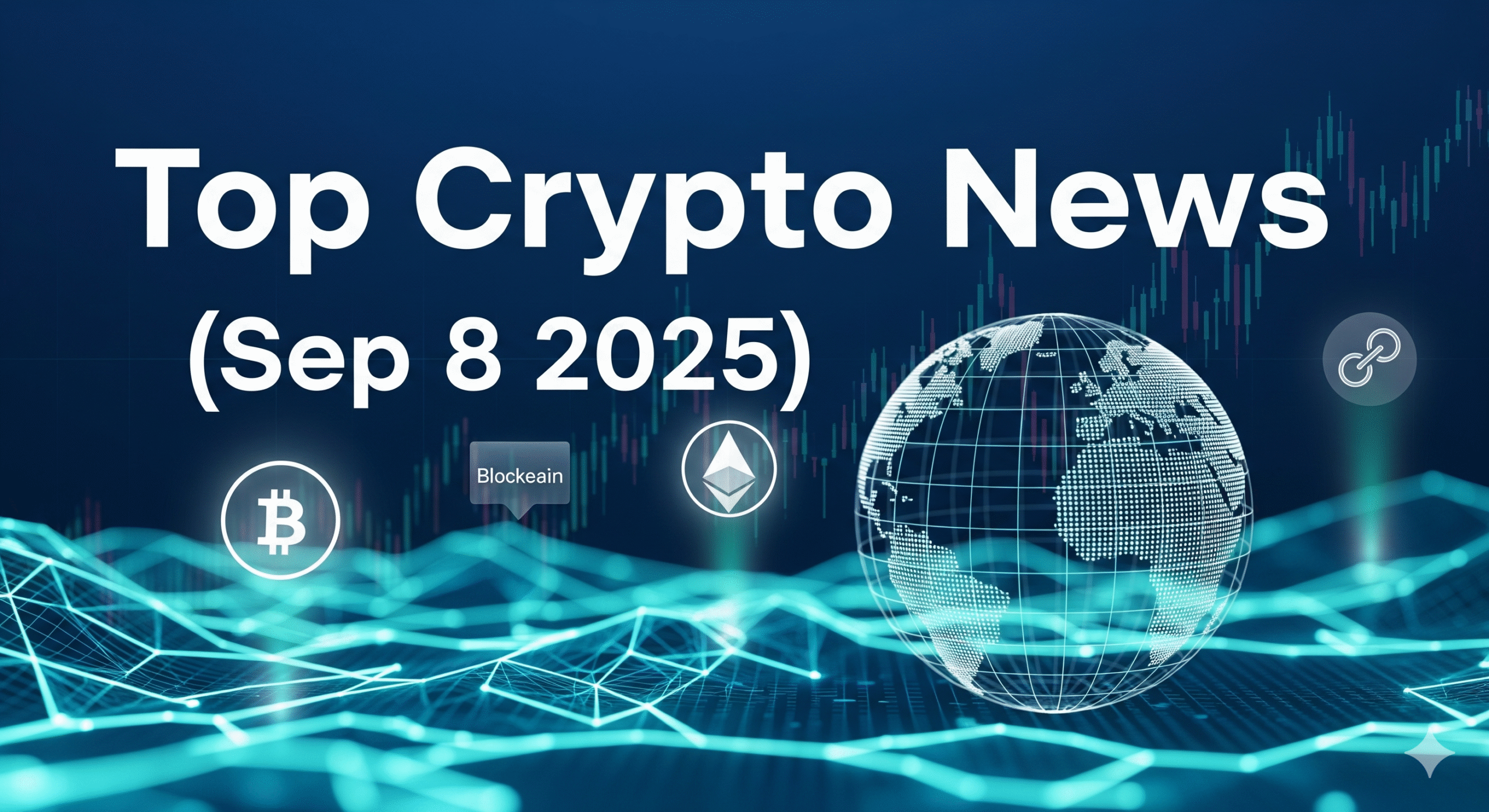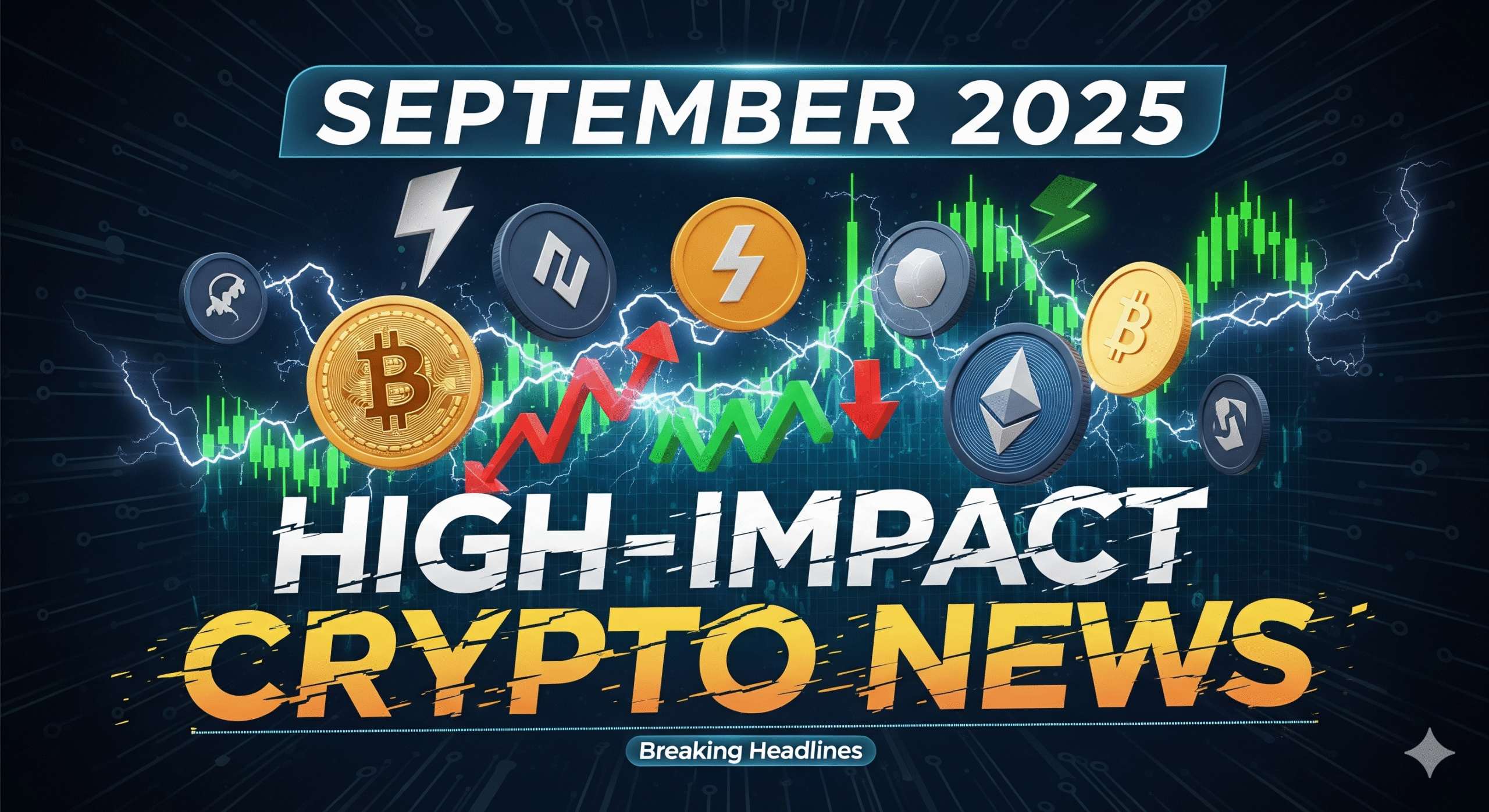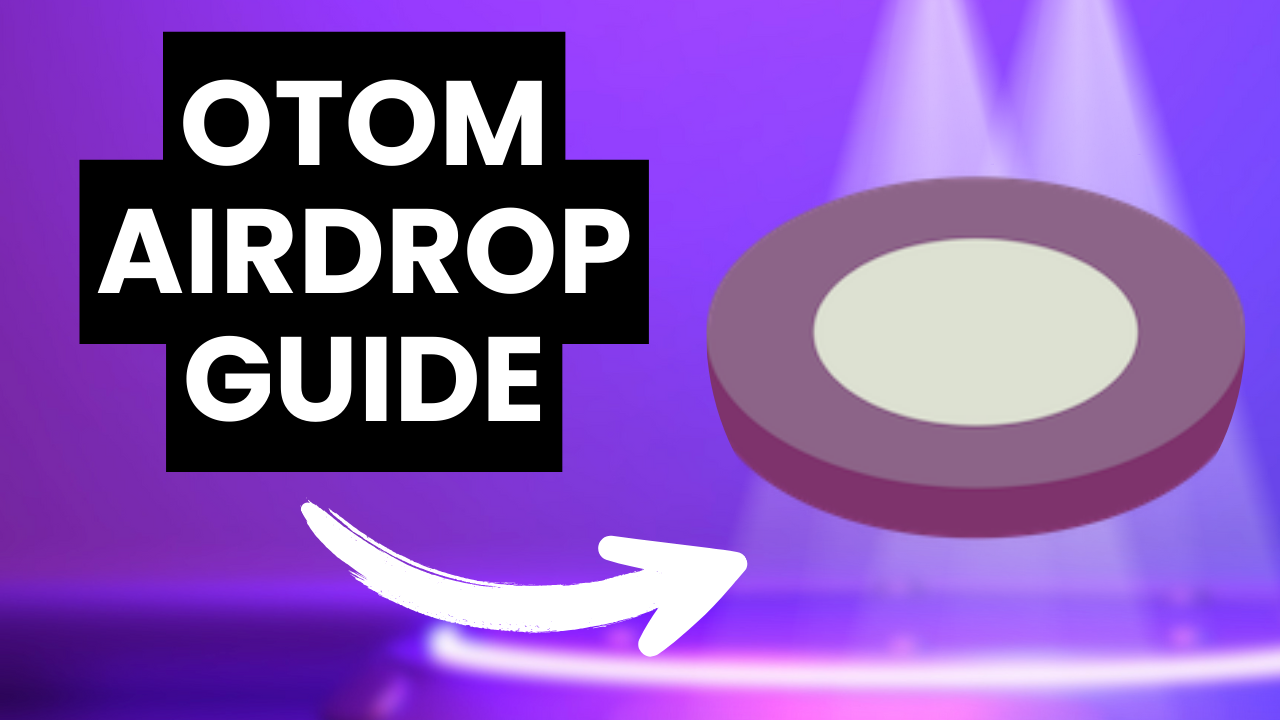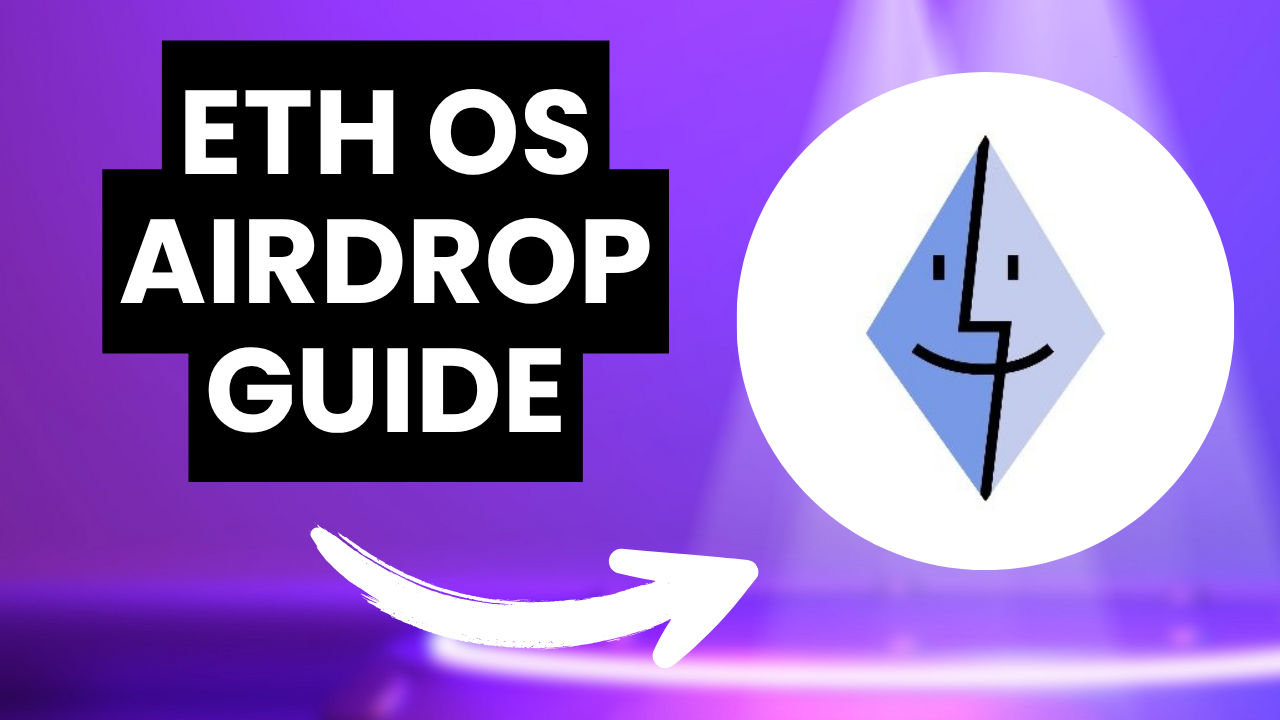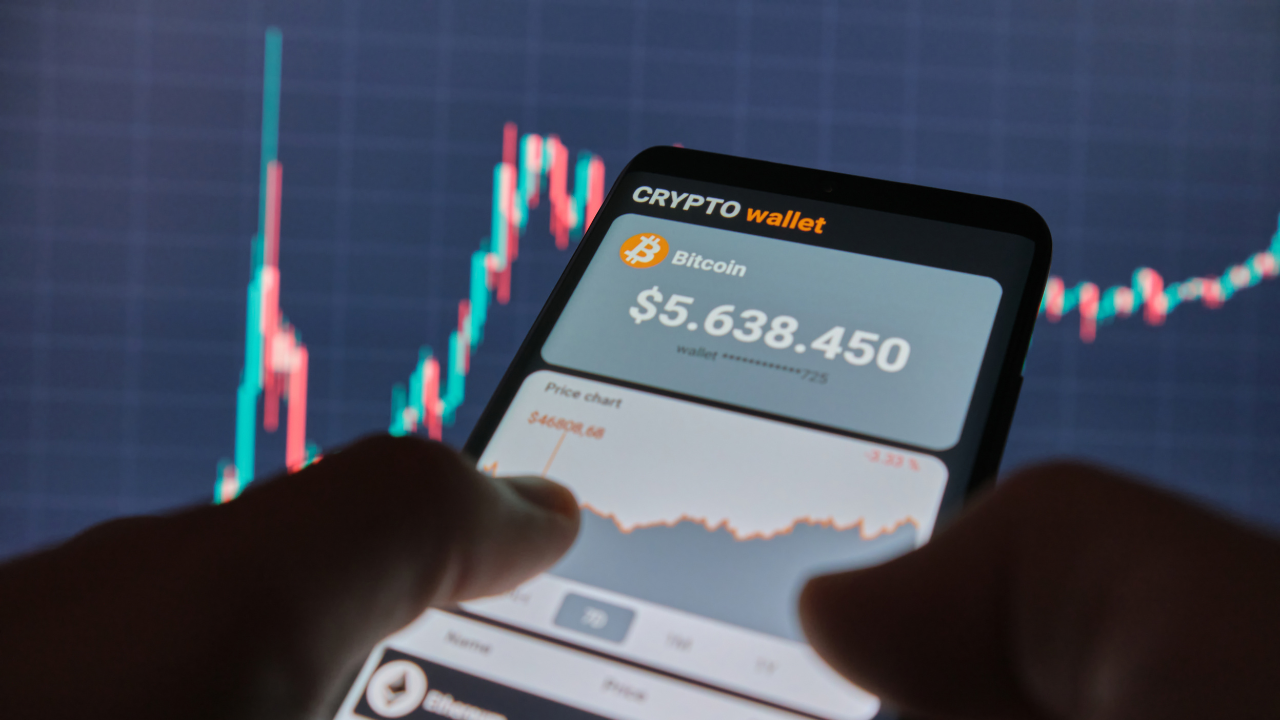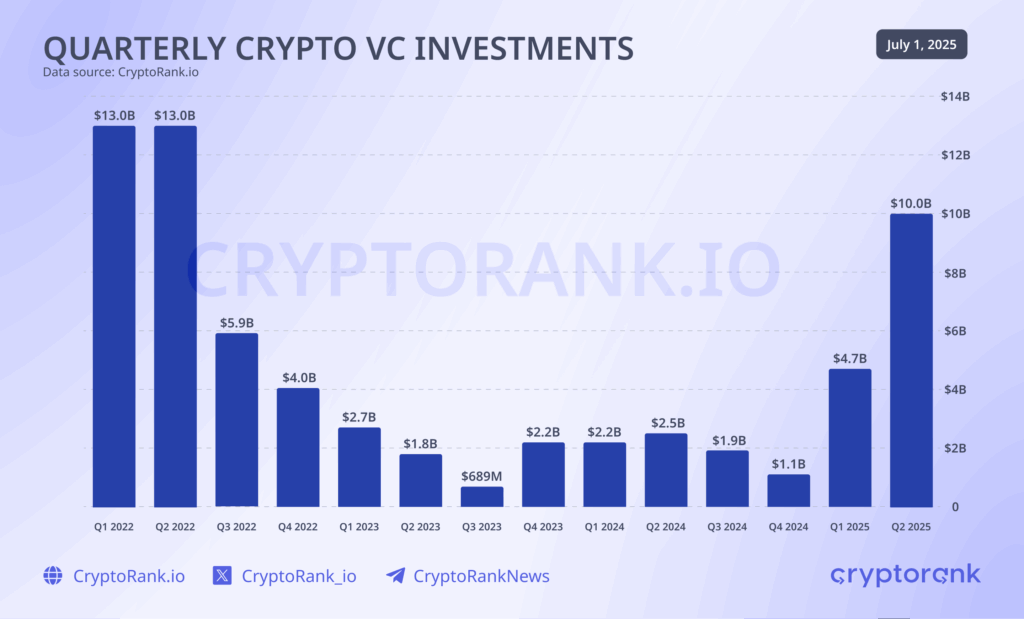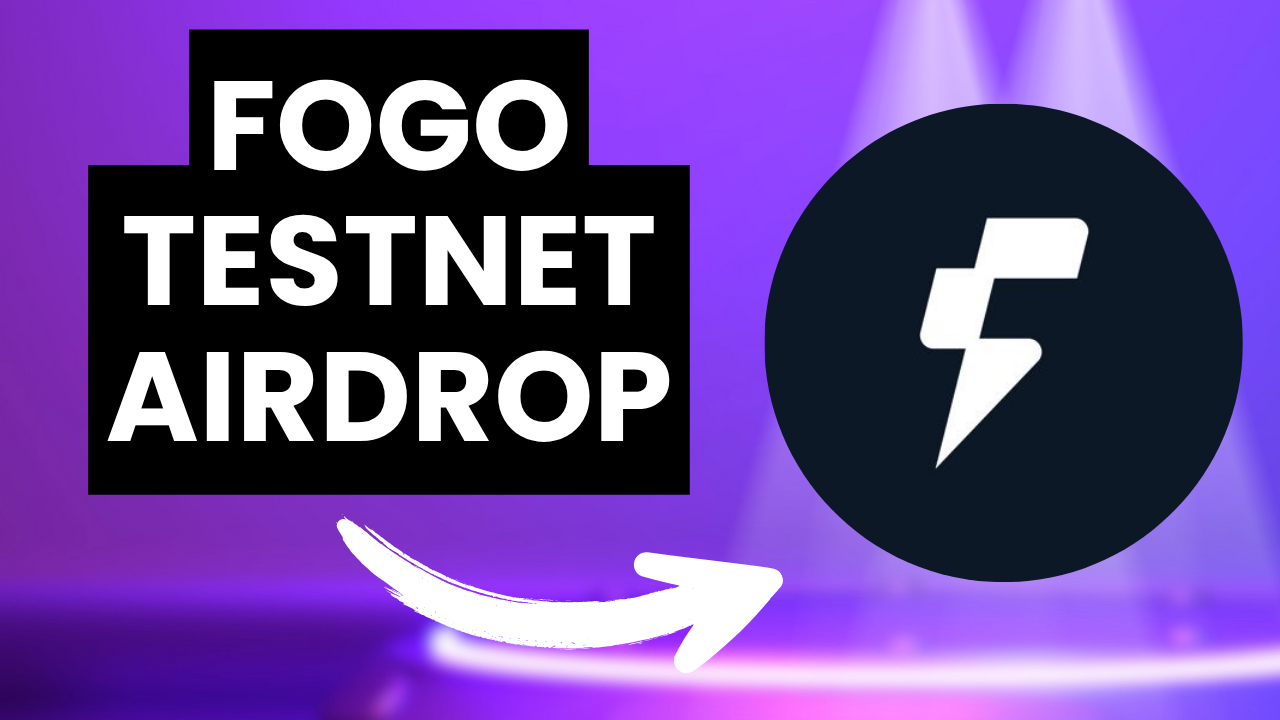Introduction
Fogo is an innovative Layer 1 blockchain designed to deliver unparalleled performance in throughput, latency, and congestion management. Extending the Solana protocol, Fogo aims to provide a seamless migration path for existing Solana programs and infrastructure while achieving significantly higher performance and lower latency. Built by traders for traders, Fogo focuses on institutional-grade finance on-chain, combining the speed of traditional finance with the decentralization of blockchain technology.
This guide will walk you through the steps to interact with the Fogo Testnet for a potential airdrop, followed by a comprehensive overview of the project, its core innovations, the team behind it, and its funding status. We will also explore the potential revenue model of the Fogo ecosystem.
Fogo Testnet Airdrop: Step-by-Step Guide
Interacting with the Fogo Testnet is crucial for potential eligibility in future airdrops. Follow these steps to get started:
Step 1: Connect Your Wallet
Fogo Testnet supports all Solana-compatible wallets, such as Phantom and Nightly. You do not need to create a new wallet if you already have one. The platform utilizes a temporary session key to handle actions securely, eliminating the need for constant transaction signing and gas payments.
- Navigate to the Fogo Testnet platform: https://www.fogo.io/start
- Click on the “GET STARTED” or “Connect your wallet” button.
- Select your preferred Solana wallet (e.g., Phantom, Nightly) from the options provided.
- Approve the connection request in your wallet.
Step 2: Claim Testnet $FOGO Tokens
Testnet $FOGO tokens are essential for interacting with the Fogo ecosystem. These tokens are used to power transactions and explore the decentralized applications (dApps) on the network.
1.Once your wallet is connected, look for the option to “Claim testnet $FOGO” tokens.
2.You will likely be able to claim two types of tokens:
•Fogo (FOGO): The native utility token of the Fogo blockchain.
•Fogo USD (fUSD): The yield-bearing fiat stablecoin native to the Fogo ecosystem.
3.Follow the on-screen instructions to claim your free testnet tokens. This usually involves a simple click and a confirmation in your wallet (though the session key might handle this seamlessly).
Step 3: Explore Apps on Fogo DApps
Engaging with the dApps on the Fogo Testnet is a key activity for demonstrating active participation. Fogo highlights several types of applications. Here’s a detailed guide for each:
3.1 Valiant (Swap Spot Pairs)
Valiant is Fogo’s decentralized exchange designed for high-speed token swaps. Interacting with Valiant demonstrates your engagement with the core trading functionalities of the Fogo network.
1.Access Valiant: On the Fogo Testnet dApps page, click on the ‘Valiant’ application. This will typically open the swap interface.
2.Select Tokens: Choose the testnet tokens you wish to swap. For example, you might swap $FOGO for fUSD, or vice-versa. Ensure you have sufficient testnet tokens claimed from Step 2.
3.Enter Amount: Input the amount of the token you want to swap. The interface will usually show the estimated amount of the other token you will receive.
4.Approve Transaction: If this is your first time swapping a particular token, you might need to approve the token spending in your wallet. Confirm this transaction.
5.Confirm Swap: Review the swap details (amounts, fees, slippage) and confirm the transaction. Your wallet will prompt you for final approval (though with Fogo’s session key, this might be streamlined).
6.Repeat: Perform several swaps with different token pairs and amounts to show consistent activity.
3.2 FluxBeam (Real-time Trading)
FluxBeam offers advanced real-time trading features, including limit orders, allowing you to experience Fogo’s low-latency environment for more complex trading strategies.
1.Access FluxBeam: Navigate to the ‘FluxBeam’ application from the Fogo Testnet dApps page.
2.Select Trading Pair: Choose a trading pair (e.g., FOGO/fUSD) that you wish to trade.
3.Explore Order Types: Familiarize yourself with the available order types, such as ‘Market Order’ (for immediate execution) and ‘Limit Order’ (to set a specific price for your trade).
4.Place a Market Order: To execute a quick trade, select ‘Market Order’, enter the amount, and confirm the buy/sell. This demonstrates basic trading activity.
5.Place a Limit Order: For more advanced interaction, select ‘Limit Order’, specify your desired price and amount, and place the order. Monitor your open orders and consider canceling or modifying them to show further engagement.
6.Monitor Trades: Keep an eye on your trade history and open orders within the FluxBeam interface.
3.3 RugCheck
RugCheck is Fogo’s token scanner, providing instant risk scores to help users avoid scams. While primarily an informational tool, interacting with it demonstrates awareness and utilization of the ecosystem’s safety features.
1.Access RugCheck: Click on the ‘RugCheck’ application on the Fogo Testnet dApps page.
2.Search for Tokens: Use the search bar or browse the list to find different testnet tokens. You can try searching for tokens you’ve acquired through Valiant or other dApps.
3.Review Risk Scores: Observe the risk scores and associated details provided for each token. This helps you understand the potential risks involved.
4.Explore Details: Click on various tokens to delve into more detailed analysis, such as liquidity, contract information, and potential red flags.
3.4 Pyron (Lend and Borrow)
Pyron enables lending and borrowing of assets on the Fogo Testnet, showcasing the DeFi capabilities of the network without the typical delays.
1.Access Pyron: Open the ‘Pyron’ application from the Fogo Testnet dApps page.
2.Supply Assets: Choose a testnet asset (e.g., fUSD or FOGO) that you wish to supply (lend) to the protocol. Enter the amount and confirm the supply transaction in your wallet.
3.Borrow Assets: If you have supplied assets, you can then choose to borrow other testnet assets against your collateral. Select the asset to borrow, enter the amount, and confirm the borrow transaction.
4.Repay/Withdraw: To complete the cycle, try repaying a borrowed amount or withdrawing your supplied assets. This demonstrates full interaction with the lending and borrowing functionalities.
3.5 Ambient (Trade Perps – Coming Soon)
Ambient is slated to be Fogo’s platform for perpetual futures trading with high leverage. While currently marked as ‘Coming Soon’, keep an eye out for its launch as it will be a significant dApp for demonstrating advanced trading activity.
Actively use these applications to generate transactions and interact with the Fogo blockchain. The more diverse and consistent your interactions, the better your chances for potential airdrop eligibility.
Step 4: Provide Feedback and Engage with the Community
Fogo encourages users to provide feedback, report bugs, and share their experiences. Active community engagement can also be a factor in airdrop eligibility.
1.X (formerly Twitter): Share your feedback, hype, or bug reports on X by tagging @FogoChain. Engage in discussions and contribute to the public conversation.
2.Discord: Join the official Fogo Discord server (link usually found on their website or X profile) to interact with the team and other community members. Participate in discussions, ask questions, and provide valuable insights.
By consistently performing these actions, you increase your chances of being recognized as an active and valuable participant in the Fogo ecosystem.
Project Overview: Fogo – The Fastest Layer 1 Blockchain
Fogo is positioned as a high-performance Layer 1 blockchain, built on the Solana Virtual Machine (SVM) and leveraging the Firedancer client. Its primary goal is to achieve real-time experiences at scale, addressing the limitations of existing blockchain networks in terms of throughput and latency. Fogo aims to bridge the gap between traditional financial market performance and decentralized infrastructure.
Key Innovations of Fogo [1]:
•Unified Client Implementation: Fogo runs with a single, canonical client based on pure Firedancer. This approach, unlike Solana’s client diversity, allows Fogo to operate at the speed of the fastest client, achieving performance levels currently unattainable by other networks.
•Multi-Local Consensus: This novel approach dynamically balances the performance benefits of validator co-location with the security of geographic distribution. It enables ultra-low latency consensus during normal operations while maintaining the ability to fall back to global consensus when needed. This model is inspired by the “follow the sun” trading model in traditional finance.
•Curated Validator Set: Fogo utilizes a curated validator set that incentivizes high performance and deters predatory behavior. This mechanism ensures that the network can reach its physical performance limits and aligns validator incentives with the network’s long-term health.
Fogo is designed to be fully compatible at the SVM execution layer, allowing existing Solana programs, tooling, and infrastructure to migrate seamlessly. It aims to provide institutional-grade finance on-chain, offering speeds comparable to traditional financial systems like NASDAQ, CME, and Eurex, which process over 100,000 operations per second, far exceeding typical blockchain TPS.
Team Information
The Fogo project is backed by a team of industry experts and contributors, many of whom have significant experience in traditional finance and blockchain development. The website lists several key contributors [2]:
•Robert Sagurton: Co-founder of Fogo, previously Global Head of Digital Asset Sales at Jump Crypto. He is a Director at Fogo Foundation [3, 4, 5].
•Doug Colkitt: Founding contributor at Fogo, a former Citadel high-frequency trader and founder of Ambient Finance [6, 7, 8, 9].
•Michael Cahill: CEO of Douro Labs and a founding contributor to Pyth Network and Fogo Chain [10, 11, 12].
This collective expertise suggests a strong foundation in both financial markets and high-performance blockchain technology.
Funding Information
Fogo has successfully secured significant funding from various sources, indicating strong investor confidence in the project’s vision and technology. Key funding details include:
•Seed Round: Fogo raised $5.5 million in a Seed funding round on December 1, 2024, led by Distributed Global with participation from CMS Holdings [13, 14].
•Public Sale/Initial Coin Offering (ICO): Fogo raised an additional $8 million in a Public sale round at a $100 million Fully Diluted Valuation (FDV) on January 24, 2025. This sale was hosted on the Echo platform [15, 16, 17, 18].
In total, Fogo has raised $13.5 million in funding [19]. This substantial backing from reputable investors and successful public sale provides the project with a solid financial runway for development and growth.
Revenue Model
While the whitepaper primarily focuses on the technical architecture and performance aspects of the Fogo blockchain, the revenue model can be inferred from standard blockchain operations and the project’s focus on institutional-grade finance and trading. Like most Layer 1 blockchains, Fogo’s primary revenue streams are likely to include:
•Transaction Fees: Users will pay fees for transactions processed on the Fogo blockchain. Given Fogo’s emphasis on high throughput and low latency, it aims to handle a large volume of transactions, which would generate significant fee revenue.
•Native Token Utility: The native $FOGO token will be essential for network operations, including staking by validators, governance, and potentially as a medium of exchange within the Fogo ecosystem. The demand for the native token would contribute to its value and the overall economic health of the network.
•dApp Ecosystem Growth: As more decentralized applications (dApps) are built and utilized on Fogo, they will contribute to network activity and transaction volume, indirectly benefiting the Fogo ecosystem through increased fee generation and token utility.
•Potential for DeFi and Trading-Specific Revenue: Given Fogo’s focus on trading and institutional finance, there might be specialized revenue models related to high-frequency trading, lending/borrowing protocols, or other DeFi activities that leverage Fogo’s unique performance capabilities. For instance, the whitepaper mentions “SPL Token Fee Payment” as a prospective extension, which would allow users to pay transaction fees using SPL tokens, creating a market for relayer services [20].
Fogo’s design, particularly its curated validator set and multi-local consensus, suggests a focus on efficiency and performance that could attract high-volume users and institutional players, thereby driving substantial transaction fee revenue.
Conclusion
Fogo presents a compelling vision for a high-performance Layer 1 blockchain, aiming to redefine the standards for speed and efficiency in the decentralized space. By participating in the Fogo Testnet, users can not only contribute to the project’s development but also position themselves for potential future airdrops. With a strong technical foundation, experienced team, and significant funding, Fogo is poised to make a substantial impact on the blockchain landscape, particularly in the realm of institutional-grade decentralized finance.
References
[1] Fogo Whitepaper. Available at: https://www.fogo.io/whitepaper.pdf
[2] Fogo Official Website – Contributors. Available at: https://www.fogo.io/#contributors
[3] Robert Sagurton LinkedIn. Available at: https://ag.linkedin.com/in/robert-sagurton
[4] Robert Sagurton X (Twitter). Available at: https://x.com/robertsagurton
[5] Robert Sagurton Email & Phone Number | Fogo Director Contact. Available at: https://rocketreach.co/robert-sagurton-email_70222069
[6] Doug Colkitt X (Twitter). Available at: https://x.com/0xdoug?lang=en
[7] Why I Left 10+ Years in Traditional Finance to Build the … – YouTube. Available at: https://www.youtube.com/watch?v=xdanXVYQ1i0
[8] A passion for pushing the limits of performance led Ambient Finance … – LinkedIn. Available at: https://www.linkedin.com/posts/fogochain_a-passion-for-pushing-the-limits-of-performance-activity-7295534882363953153-K7vW
[9] Doug Colkitt, Co-founder of Fogo – YouTube. Available at: https://www.youtube.com/watch?v=NO6bwOcjFDA
[10] Mike Cahill | Pyth (@mdomcahill) / X. Available at: https://x.com/mdomcahill?lang=en
[11] Michael Cahill’s Post – LinkedIn. Available at: https://www.linkedin.com/posts/michael-d-cahill_fogo-activity-7311126169657970688-rtiq
[12] Fogo on X: “Catch the full interview between @mdomcahill … – X. Available at: https://x.com/FogoChain/status/1943257657927684473
[13] Seed Round – Fogo Digital – 2024-12-01 – Crunchbase. Available at: https://www.crunchbase.com/funding_round/fogo-digital-inc-seed–0d94dd6a
[14] Fogo raised 5.5MSeedFundingonDec30,2024−CypherHunter.Availableat:[https://www.cypherhunter.com/en/e/fogo−chain−raised−funding−2024−12−30/]
[15]Fogo ICO FundingRounds,Token Sale Review…−CryptoRank. Available at:[https://cryptorank.io/ico/fogo]
[16]Initial Coin Offering − Fogo Digital−2025−01−24−Crunchbase. Available at:[https://www.crunchbase.com/fundinground/fogo−digital−inc−initial−coin−offering−−5bb5fc9d]
[17]Fogo active in the testnet, aiming for the airdrop∣MEXCNews. Available at [https://www.mexc.co/lt−LT/news/fogo−active−in−the−testnet−aiming−for−the−airdrop/62405]
[18]SVM Layer1 blockchain Fogo completes 8 million financing, led by … – Followin. Available at: https://followin.io/en/feed/15899779
[19] Fogo Project Introduction, Team, Financing and News_RootData. Available at: https://www.rootdata.com/Projects/detail/Fogo?k=MTU3ODg%3D
[20] Fogo Whitepaper – Section 6.1 SPL Token Fee Payment. Available at: https://www.fogo.io/whitepaper.pdf
